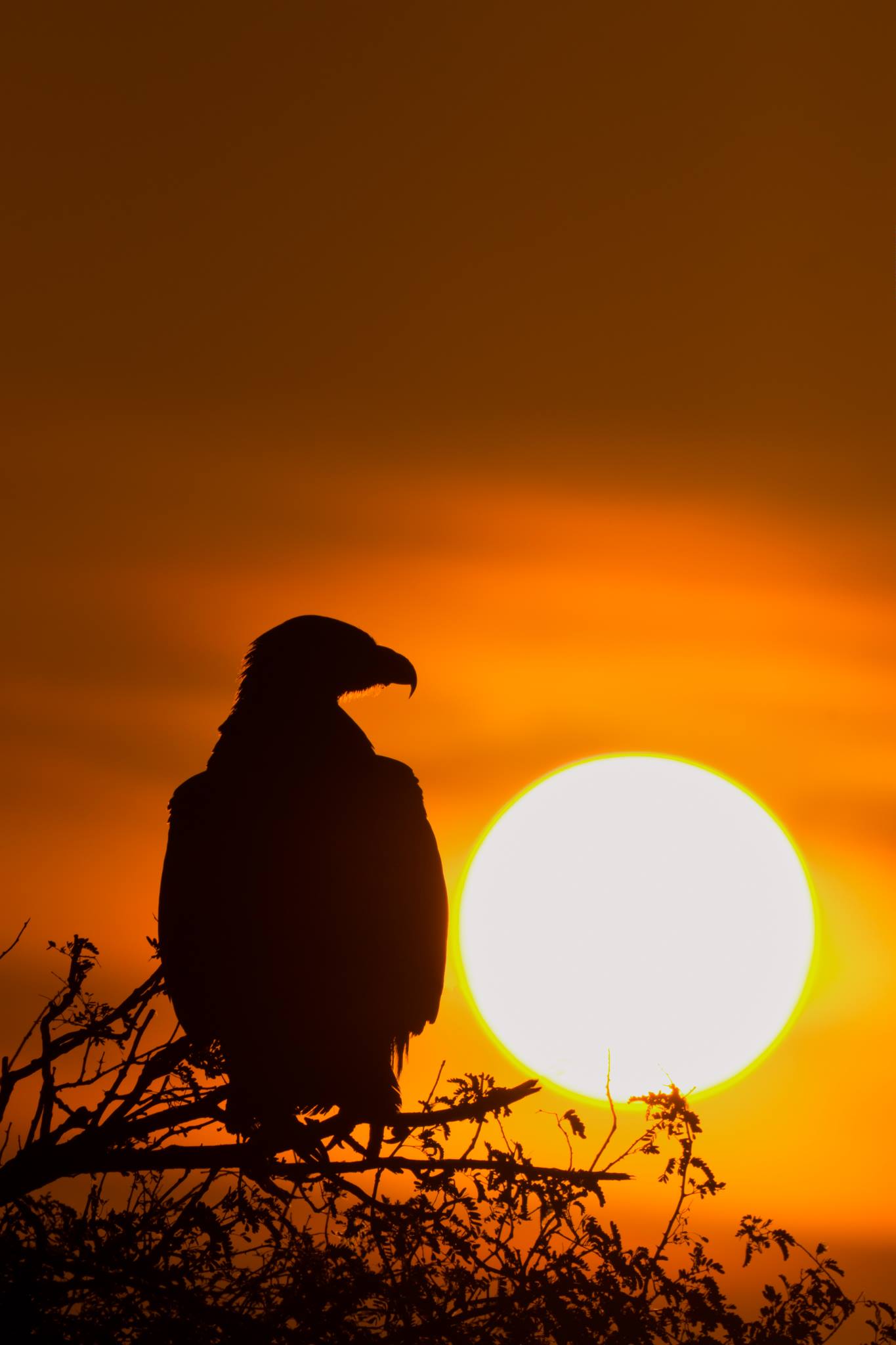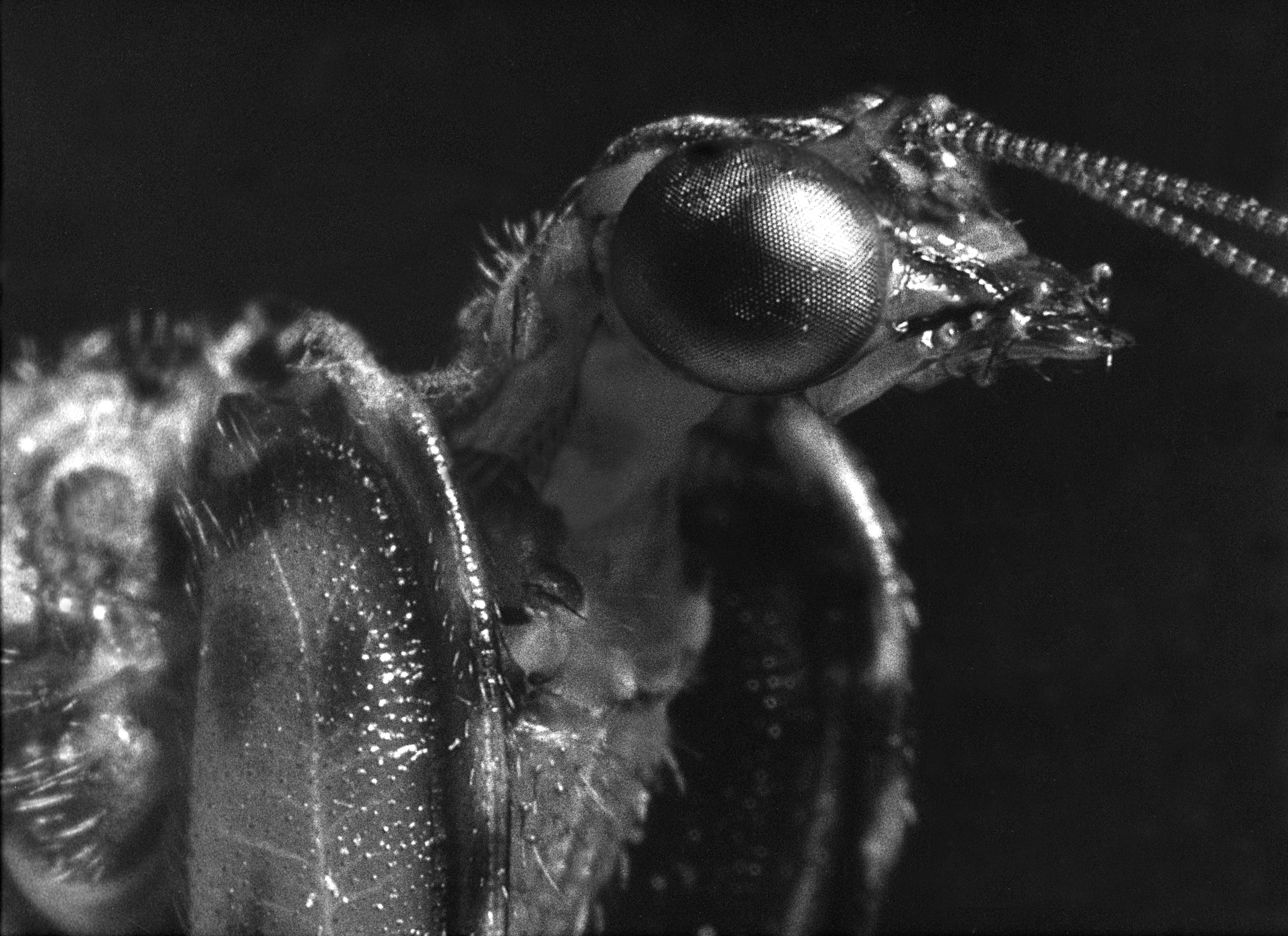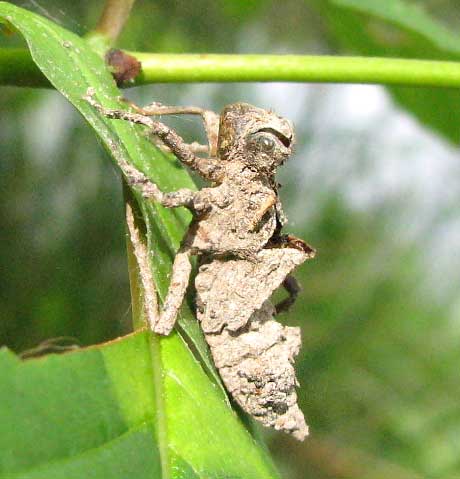|
Libelloides Macaronius
''Libelloides macaronius'' is a day-flying owlfly species of Europe and Asia. The genus belongs to the family Ascalaphidae, subfamily Ascalaphinae. The species has appeared on postage stamps of Moldova and Ukraine. Description The adult is a large insect somewhat resembling a dragonfly. Its body, eyes, and long clubbed antennae are black; the wings are bright yellow, spotted with black, the forewings being partly transparent near the wingtips. The abdomen ends with a pair of hooked claspers in the male, a short ovipositor in the female. At rest, adults often perch like dragonflies with their wings outspread. They fly rapidly and rather straight over grass or bushes. The species has the excellent eyesight of predatory day-flying insects, though the large eyes are of the superposition type normally found in nocturnal insects. Distribution and ecology The species occurs in central, eastern, and southern Europe, and Palearctic Asia. They live in relatively open areas such ... [...More Info...] [...Related Items...] OR: [Wikipedia] [Google] [Baidu] |
Giovanni Antonio Scopoli
Giovanni Antonio Scopoli (sometimes Latinized as Johannes Antonius Scopolius) (3 June 1723 – 8 May 1788) was an Italian physician and naturalist. His biographer Otto Guglia named him the "first anational European" and the "Linnaeus of the Austrian Empire". Biography Scopoli was born at Cavalese in the Val di Fiemme, belonging to the Bishopric of Trent (today's Trentino), son of Francesco Antonio, military commissioner, and Claudia Caterina Gramola (1699-1791), painter from a patrician family from Trentino. He obtained a degree in medicine at University of Innsbruck, and practiced as a doctor in Cavalese and Venice.Newton, Alfred 1881. ''Scopoli's ornithological papers.'' The Willoughby SocietyScanned version/ref> Much of his time was spent in the Alps, collecting plants and insects, of which he made outstanding collections. He spent two years as private secretary to the bishop of Seckau, and then was appointed in 1754 as physician of the mercury mines in Idrija, a small to ... [...More Info...] [...Related Items...] OR: [Wikipedia] [Google] [Baidu] |
Diurnality
Diurnality is a form of plant and animal behavior characterized by activity during daytime, with a period of sleeping or other inactivity at night. The common adjective used for daytime activity is "diurnal". The timing of activity by an animal depends on a variety of environmental factors such as the temperature, the ability to gather food by sight, the risk of predation, and the time of year. Diurnality is a cycle of activity within a 24-hour period; cyclic activities called circadian rhythms are endogenous cycles not dependent on external cues or environmental factors except for a zeitgeber. Animals active during twilight are crepuscular, those active during the night are nocturnal and animals active at sporadic times during both night and day are cathemeral. Plants that open their flowers during the daytime are described as diurnal, while those that bloom during nighttime are nocturnal. The timing of flower opening is often related to the time at which preferred pollinators ar ... [...More Info...] [...Related Items...] OR: [Wikipedia] [Google] [Baidu] |
Neuroptera Of Europe
The insect order Neuroptera, or net-winged insects, includes the lacewings, mantidflies, antlions, and their relatives. The order consists of some 6,000 species. Neuroptera can be grouped together with the Megaloptera and Raphidioptera in the unranked taxon Neuropterida (once known as Planipennia) including: alderflies, fishflies, dobsonflies, and snakeflies. Adult Neuropterans have four membranous wings, all about the same size, with many veins. They have chewing mouthparts, and undergo complete metamorphosis. Neuropterans first appeared during the Permian period, and continued to diversify through the Mesozoic era. During this time, several unusually large forms evolved, especially in the extinct family Kalligrammatidae, often called "the butterflies of the Jurassic" for their large, patterned wings. Anatomy and biology Neuropterans are soft-bodied insects with relatively few specialized features. They have large lateral compound eyes, and may or may not also have ocelli. ... [...More Info...] [...Related Items...] OR: [Wikipedia] [Google] [Baidu] |
Libelloides
''Libelloides'' is a genus of owlflies belonging to the subfamily Ascalaphinae. The species of this genus are present in most of Europe. They inhabit dry meadows or dry coniferous forests. Species * ''Libelloides baeticus'' (Rambur, 1842) * ''Libelloides coccajus'' (Denis & Schiffermüller, 1775) * ''Libelloides cunii'' Selys-Longchamps, 1880 * ''Libelloides hispanicus'' (Rambur, 1842) * ''Libelloides ictericus'' (Charpentier, 1825) * ''Libelloides lacteus'' (Brullé, 1832) * '' Libelloides longicornis'' (Linnaeus, 1764) * ''Libelloides macaronius'' (Scopoli, 1763) * ''Libelloides rhomboides ''Libelloides'' is a genus of owlflies belonging to the subfamily Ascalaphinae. The species of this genus are present in most of Europe. They inhabit dry meadows or dry coniferous forests. Species * ''Libelloides baeticus'' (Rambur, 1842) * ' ...'' (Schneider, 1845 References Fischer, K., Hölzel, H., Kral, K. (2006) Divided and undivided compound eyes in Ascalaphidae (Insecta, N ... [...More Info...] [...Related Items...] OR: [Wikipedia] [Google] [Baidu] |
Compound Eye
A compound eye is a visual organ found in arthropods such as insects and crustaceans. It may consist of thousands of ommatidia, which are tiny independent photoreception units that consist of a cornea, lens, and photoreceptor cells which distinguish brightness and color. The image perceived by this arthropod eye is a combination of inputs from the numerous ommatidia, which are oriented to point in slightly different directions. Compared with single-aperture eyes, compound eyes have poor image resolution; however, they possess a very large view angle and the ability to detect fast movement and, in some cases, the polarization of light. Because a compound eye is made up of a collection of ommatidia, each with its own lens, light will enter each ommatidium instead of using a single entrance point. The individual light receptors behind each lens are then turned on and off due to a series of changes in the light intensity during movement or when an object in moving, creating a fli ... [...More Info...] [...Related Items...] OR: [Wikipedia] [Google] [Baidu] |
Sclerotised
Sclerotin is a component of the cuticle of various Arthropoda, most familiarly insects. It is formed by cross-linking members of particular classes of protein molecules, a biochemical process called sclerotization, a form of tanning in which quinones are enzymatically introduced into the cuticle, and react with terminal and lysine-related amino groups in the proteins to form strong links between the molecules.Chapman, R.F. (1969) ''The Insects: Structure and Function''. Elsevier, New York. Chapter 22.37 - "Expansion of the new cuticle is brought to an end by the onset of tanning" The resulting material increases the rigidity of an insect's chitinous exoskeleton. It is particularly prominent in the thicker, armoured parts of insect and arachnid integument, such as in the biting mouthparts and sclerites of scorpions and beetles. As it matures, freshly formed sclerotin becomes a hard, horn-like substance with a range of yellow-brown colors. As animals adapted to life on land, incr ... [...More Info...] [...Related Items...] OR: [Wikipedia] [Google] [Baidu] |
Exoskeleton
An exoskeleton (from Greek ''éxō'' "outer" and ''skeletós'' "skeleton") is an external skeleton that supports and protects an animal's body, in contrast to an internal skeleton ( endoskeleton) in for example, a human. In usage, some of the larger kinds of exoskeletons are known as " shells". Examples of exoskeletons within animals include the arthropod exoskeleton shared by chelicerates, myriapods, crustaceans, and insects, as well as the shell of certain sponges and the mollusc shell shared by snails, clams, tusk shells, chitons and nautilus. Some animals, such as the turtle, have both an endoskeleton and an exoskeleton. Role Exoskeletons contain rigid and resistant components that fulfill a set of functional roles in many animals including protection, excretion, sensing, support, feeding and acting as a barrier against desiccation in terrestrial organisms. Exoskeletons have a role in defense from pests and predators, support and in providing an attachment framewo ... [...More Info...] [...Related Items...] OR: [Wikipedia] [Google] [Baidu] |
Predation
Predation is a biological interaction In ecology, a biological interaction is the effect that a pair of organisms living together in a community have on each other. They can be either of the same species (intraspecific interactions), or of different species ( interspecific interactio ... where one organism, the predator, kills and eats another organism, its prey. It is one of a family of common feeding behaviours that includes parasitism and micropredation (which usually do not kill the host) and parasitoidism (which always does, eventually). It is distinct from scavenging on dead prey, though many predators also scavenge; it overlaps with herbivory, as seed predators and destructive frugivores are predators. Predators may actively search for or pursue prey or wait for it, often concealed. When prey is detected, the predator assesses whether to attack it. This may involve ambush predation, ambush or pursuit predation, sometimes after stalking the prey. If the attack ... [...More Info...] [...Related Items...] OR: [Wikipedia] [Google] [Baidu] |
Palearctic Realm
The Palearctic or Palaearctic is the largest of the eight biogeographic realms of the Earth. It stretches across all of Eurasia north of the foothills of the Himalayas, and North Africa. The realm consists of several bioregions: the Euro-Siberian region; the Mediterranean Basin; the Sahara and Arabian Deserts; and Western, Central and East Asia. The Palaearctic realm also has numerous rivers and lakes, forming several freshwater ecoregions. The term 'Palearctic' was first used in the 19th century, and is still in use as the basis for zoogeographic classification. History In an 1858 paper for the ''Proceedings of the Linnean Society'', British zoologist Philip Sclater first identified six terrestrial zoogeographic realms of the world: Palaearctic, Aethiopian/ Afrotropic, Indian/ Indomalayan, Australasian, Nearctic, and Neotropical. The six indicated general groupings of fauna, based on shared biogeography and large-scale geographic barriers to migration. Alfred ... [...More Info...] [...Related Items...] OR: [Wikipedia] [Google] [Baidu] |
Owlfly
Ascalaphidae is a family of insects in the order Neuroptera, commonly called owlflies; there are some 450 extant species. They are fast-flying crepuscular or diurnal predators of other flying insects, and have large bulging eyes and strongly knobbed antennae. The larvae are ambush predators; some of them make use of self-decoration camouflage. Description Owlflies are readily distinguished from the superficially similar dragonflies by their long, clubbed antennae; dragonflies have short, bristle-like antennae. The closely related antlions (family Myrmeleontidae) have short, weakly clubbed antennae, smaller eyes, and reticulate wing venation. All but one species of Ascalaphidae have long antennae, easily distinguishing them. The sole exception is the Brazilian '' Albardia furcata'', the only living member of the subfamily Albardiinae, which has short antennae, but these are strongly clubbed (compared to myrmeleontids), and its wing venation is reticulate, typical of ascala ... [...More Info...] [...Related Items...] OR: [Wikipedia] [Google] [Baidu] |
Superposition Eye
A compound eye is a visual organ found in arthropods such as insects and crustaceans. It may consist of thousands of ommatidia, which are tiny independent photoreception units that consist of a cornea, lens, and photoreceptor cells which distinguish brightness and color. The image perceived by this arthropod eye is a combination of inputs from the numerous ommatidia, which are oriented to point in slightly different directions. Compared with single-aperture eyes, compound eyes have poor image resolution; however, they possess a very large view angle and the ability to detect fast movement and, in some cases, the polarization of light. Because a compound eye is made up of a collection of ommatidia, each with its own lens, light will enter each ommatidium instead of using a single entrance point. The individual light receptors behind each lens are then turned on and off due to a series of changes in the light intensity during movement or when an object in moving, creating a flicker ... [...More Info...] [...Related Items...] OR: [Wikipedia] [Google] [Baidu] |
Ovipositor
The ovipositor is a tube-like organ used by some animals, especially insects, for the laying of eggs. In insects, an ovipositor consists of a maximum of three pairs of appendages. The details and morphology of the ovipositor vary, but typically its form is adapted to functions such as preparing a place for the egg, transmitting the egg, and then placing it properly. For most insects, the organ is used merely to attach the egg to some surface, but for many parasitic species (primarily in wasps and other Hymenoptera), it is a piercing organ as well. Some ovipositors only retract partly when not in use, and the basal part that sticks out is known as the scape, or more specifically oviscape, the word ''scape'' deriving from the Latin word '' scāpus'', meaning "stalk" or "shaft". In insects Grasshoppers use their ovipositors to force a burrow into the earth to receive the eggs. Cicadas pierce the wood of twigs with their ovipositors to insert the eggs. Sawflies slit t ... [...More Info...] [...Related Items...] OR: [Wikipedia] [Google] [Baidu] |






_with_its_prey.jpg)
